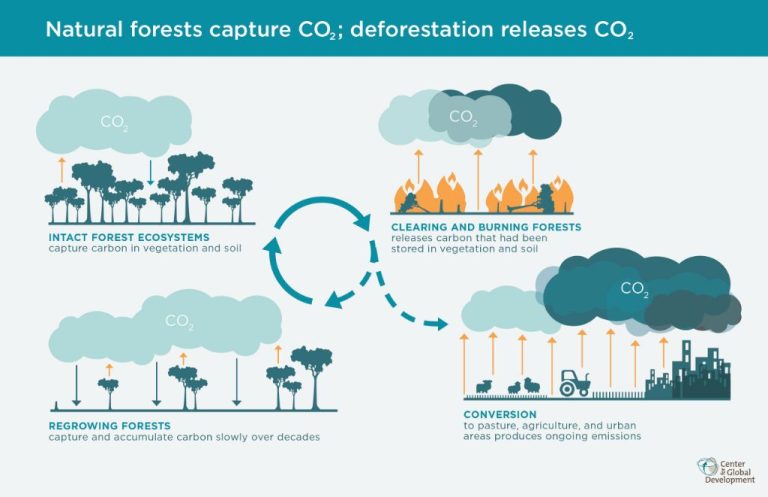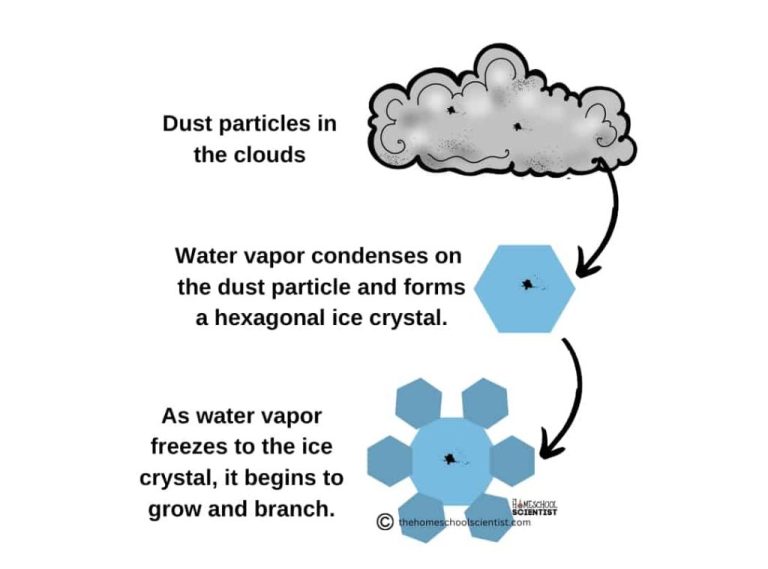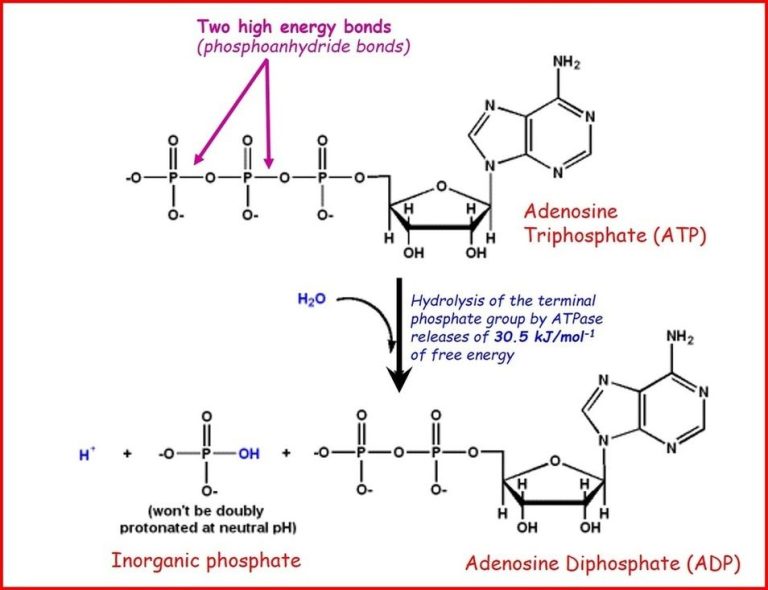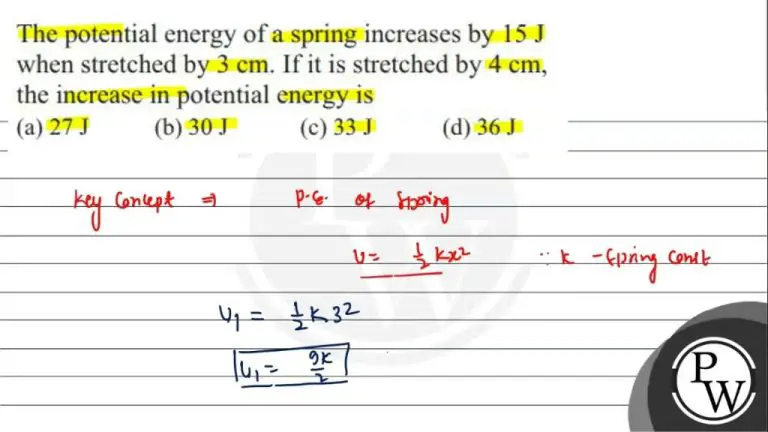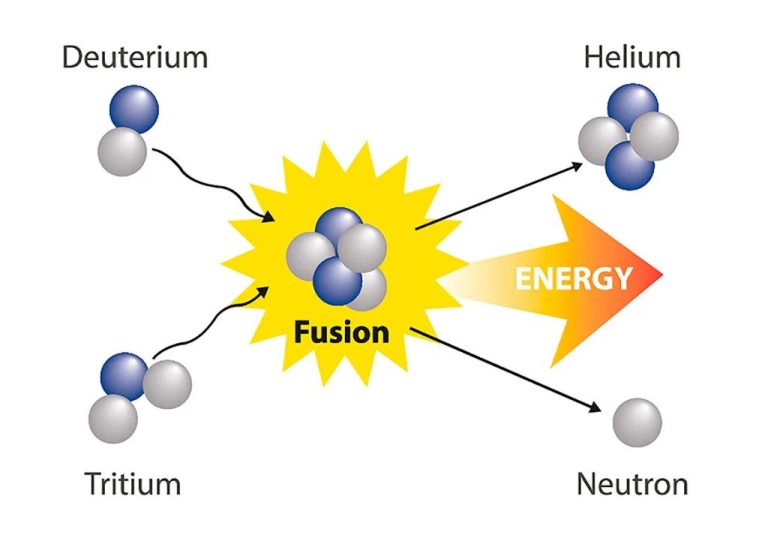Are Pv Panels Better Than Solar Panels?
Define PV Panels
Photovoltaic panels, commonly known as PV panels, convert sunlight into electricity using semiconducting materials that exhibit the photovoltaic effect. When sunlight hits the panels, the photons are absorbed by the semiconducting material, knocking electrons loose and allowing them to flow freely, thereby generating direct current electricity. This DC electricity can then be used to power devices or fed into an inverter to produce alternating current (AC) electricity compatible with the electric grid.
PV panels are composed of many individual solar cells connected together. Each cell is usually made of silicon with positively charged and negatively charged layers that create an electric field. As sunlight strikes the PV cell, the electric field compels the free electrons to flow in a certain direction, resulting in a DC current. By wiring many of these cells together, PV panels can produce enough power for various applications.
Define Solar Panels
The term solar panel is used broadly to refer to a photovoltaic panel, solar thermal panel, or other panel technology that harnesses energy directly from the sun. Solar panels can utilize different materials and methods to convert sunlight into usable energy.
The most common type of solar panel is the photovoltaic panel, or PV panel. PV panels are made up of solar cells containing photovoltaic materials that convert sunlight into direct current electricity via the photovoltaic effect. When people refer to “solar panels” in the context of residential or commercial solar installations, they are typically referring specifically to PV panels.
Other types of solar panels include solar thermal panels or solar hot water panels. These use sunlight to heat water rather than generate electricity. There are also concentrated solar power systems that use mirrors or lenses to concentrate sunlight to drive traditional electrical turbines. However, PV panels are the predominant solar panel in use today.
So while “solar panel” refers broadly to any panel technology that harnesses the sun’s energy, PV panels are the most widely used and understood type of solar panel for energy generation. When comparing PV panels versus generic “solar panels,” we are specifically referring to how PV panels compare to other solar energy technologies.
PV Panel Composition
![]()
PV panels, also known as photovoltaic panels, are made up of several key components that work together to convert sunlight into electricity. The main part of a PV panel is the silicon solar cell. These cells are made from silicon, which is one of the most abundant materials on Earth. Silicon is specially treated and refined into wafers for solar cell production.
Multiple silicon solar cells are wired together and sealed into a weatherproof package. This forms a PV module, which is the complete solar panel unit. The cells are encased within a transparent casing, usually made of specialized glass or plastic. The casing protects the fragile silicon cells from impact and weather damage.
PV panels also contain an aluminum frame around the edges. This provides structure and rigidity to the unit. The backside is covered with a polymer backing sheet. In addition, a junction box is attached to the back of the panel, which enables a connection to electrical wiring. Overall, the combination of silicon cells plus protective glass casing and aluminum framing forms a durable and weather-resistant solar panel optimized for decades of electricity production.
Solar Panel Varieties
There are three main types of solar panels:
Photovoltaic (PV) Panels
PV panels, often simply called solar panels, are made up of solar cells containing photovoltaic material. When sunlight hits the panels, it knocks electrons loose from the photovoltaic material, generating a flow of electricity. PV panels are the most common type of solar panel installed on homes and businesses today.
Solar Thermal Panels
Solar thermal panels, also known as solar hot water panels, absorb heat from sunlight. The heat is then transferred to water which flows through the panels. The heated water is stored in a solar hot water storage tank and can be used for various applications requiring hot water, such as residential water heating.
Concentrated Solar Power (CSP)
CSP uses mirrors or lenses to concentrate a large area of sunlight onto a small area. The concentrated light is converted into heat, which drives a heat engine connected to an electrical power generator. CSP is used in large-scale solar power plants to produce electricity for the grid.
While PV and solar thermal panels can be found on homes and businesses, CSP is only used in utility-scale applications due to the large land area required.
PV Panel Efficiency
The efficiency of PV panels is measured as the percentage of light energy from the sun that is converted into electricity. In laboratory testing conditions, PV cells have achieved efficiencies of over 20%, with the highest lab PV cell efficiency currently at around 28%. However, in real-world conditions, the efficiency of commercial PV panels is considerably lower, typically between 15-18% for monocrystalline silicon panels and 13-16% for polycrystalline silicon panels.
The drop in real-world efficiency is due to factors like temperature, low light levels, dust buildup, and ordinary wear and tear. PV panels work best in cold, bright conditions and start to lose efficiency as temperatures rise. Other solar technologies like concentrated solar power (CSP) can achieve higher real-world efficiencies of around 20-30% by using mirrors and lenses to concentrate sunlight. However, overall CSP is currently more expensive than PV and requires intense direct sunlight. For standard rooftop or property installations, PV offers a good balance of efficiency, reliability, and affordability.
PV Panel Cost
The upfront cost of purchasing and installing PV panels can seem high compared to other energy sources. However, there are incentives available to help offset the initial investment. The average cost to purchase and install a residential PV system in the U.S. ranges from $15,000 – $25,000 before incentives, with most homeowners paying between $10,000 – $18,000 out of pocket after incentives. The exact cost depends on system size, panel efficiency, geographic location and local labor costs.
There are federal, state, and local incentives that can reduce the upfront cost of a PV system. The federal solar tax credit allows you to deduct 26% of installation costs from your federal taxes. Many states and utilities also offer additional rebates and tax credits. When combined, incentives can cover 30-60% of upfront costs.
While PV has a high upfront cost, it can provide long-term savings on electricity bills. Most PV systems have a payback period of 6-12 years. After the payback period, PV panels can produce electricity essentially for free for the remainder of their 25+ year lifespan. For homeowners planning to stay long-term, PV offers a way to lock in energy savings for decades.
PV Panel Installation
Installing PV panels requires careful planning and adherence to local regulations. There are two main mounting options – roof mounting and ground mounting.
For roof mounting, the roof must be structurally capable of supporting the additional weight of the PV panel system. The roof orientation and angle are also important factors in maximizing solar capture. The PV mounting system is secured to the roof rafters, and the panels are then attached and wired together.
For ground mounting, the PV racking structure is anchored into the ground, typically with concrete footings. This allows the panels to be tilted at an optimal angle. Ground mounting is more common for large scale solar farms, but can also be used for residential systems where roof space is limited.
Permitting and inspection requirements vary by jurisdiction. A building permit is usually required to ensure the system meets all local building and electrical codes. The system then needs to pass final inspection before operation.
A reputable solar installer will handle all permitting and inspections as part of the installation process. They will also obtain any rebates or tax credits on your behalf.
PV Panel Maintenance
PV solar panels require relatively little maintenance compared to other energy systems. However, some basic care and inspection is required to keep them operating efficiently.
Cleaning: Dust, dirt, bird droppings, pollen and other debris can accumulate on the panels over time, reducing their power output. It’s recommended to clean PV panels at least 2-4 times per year. Use water, mild soap and a soft brush or sponge to gently clean the panels. Avoid abrasive cleaners or brushes that could scratch the surface.
Inspections: Annual inspections by a solar professional can identify potential problems early. They will check connections, wiring, mounts and the inverter for damage. Thermal imaging can reveal areas of reduced performance. Any noted issues should be addressed promptly.
Inverter lifespan: The inverter converts the DC electricity from the panels into usable AC power. Inverters typically last 10-15 years. When an inverter fails, it will need to be replaced to keep the system operational.
With proper care and maintenance, most PV solar panels will last 25-30 years or longer before their output drops enough to require replacing panels. Performing regular inspections and cleaning keeps them operating at peak production.
PV Panel Lifespan
PV panels are designed to last decades, with little maintenance required to keep producing power. The average lifespan of a PV panel is 20-30 years. Manufacturers usually provide a warranty of around 25 years.
PV panels can last longer than 25 years with the right environmental conditions. There may be some degradation in power production over time due to exposure to weather elements like extreme heat, humidity, wind and snow. The silicon solar cells and components inside PV panels will slowly degrade as cracks and hotspots develop.
Regular inspection and maintenance like cleaning off dirt, dust, leaves, and snow can maximize lifespan. Replacing broken parts like junction boxes may also extend the working life of PV panels.
Overall, with proper installation in a suitable climate and periodic maintenance, most PV panels will continue functioning for 20-30 years or longer before needing replacement.
When PV Panels Excel
PV panels tend to excel in certain environments, applications, and situations. Here are some key examples of when PV panels are the optimal solar energy solution:
Ideal Climates
PV panels work best in regions that receive abundant sunlight and limited cloud coverage or precipitation throughout the year. Desert climates, such as the Southwestern United States, provide optimal conditions for maximizing solar PV performance.
Incentives
Many local, state, and federal governments offer financial incentives for installing solar PV systems. These can come in the form of tax credits, rebates, solar renewable energy credits (SRECs), and feed-in tariffs. With the help of incentives, PV panels can offer faster payback and ROI.
Grid Connectivity
For grid-connected homes and businesses, PV panels allow leveraging net metering programs so excess solar energy can be sold back to the utility. This further improves the cost-benefit ratio of installing a PV system.
Homes
Rooftop PV systems work well for residences, especially in sunny climates with high electricity rates. Solar PV panels can help homeowners reduce or even eliminate traditional grid electricity usage.
Businesses
Commercial PV systems make financial sense for businesses with large rooftops or open land. Solar PV offers businesses the ability to lock-in long-term electricity rates and hedge against utility rate increases.

